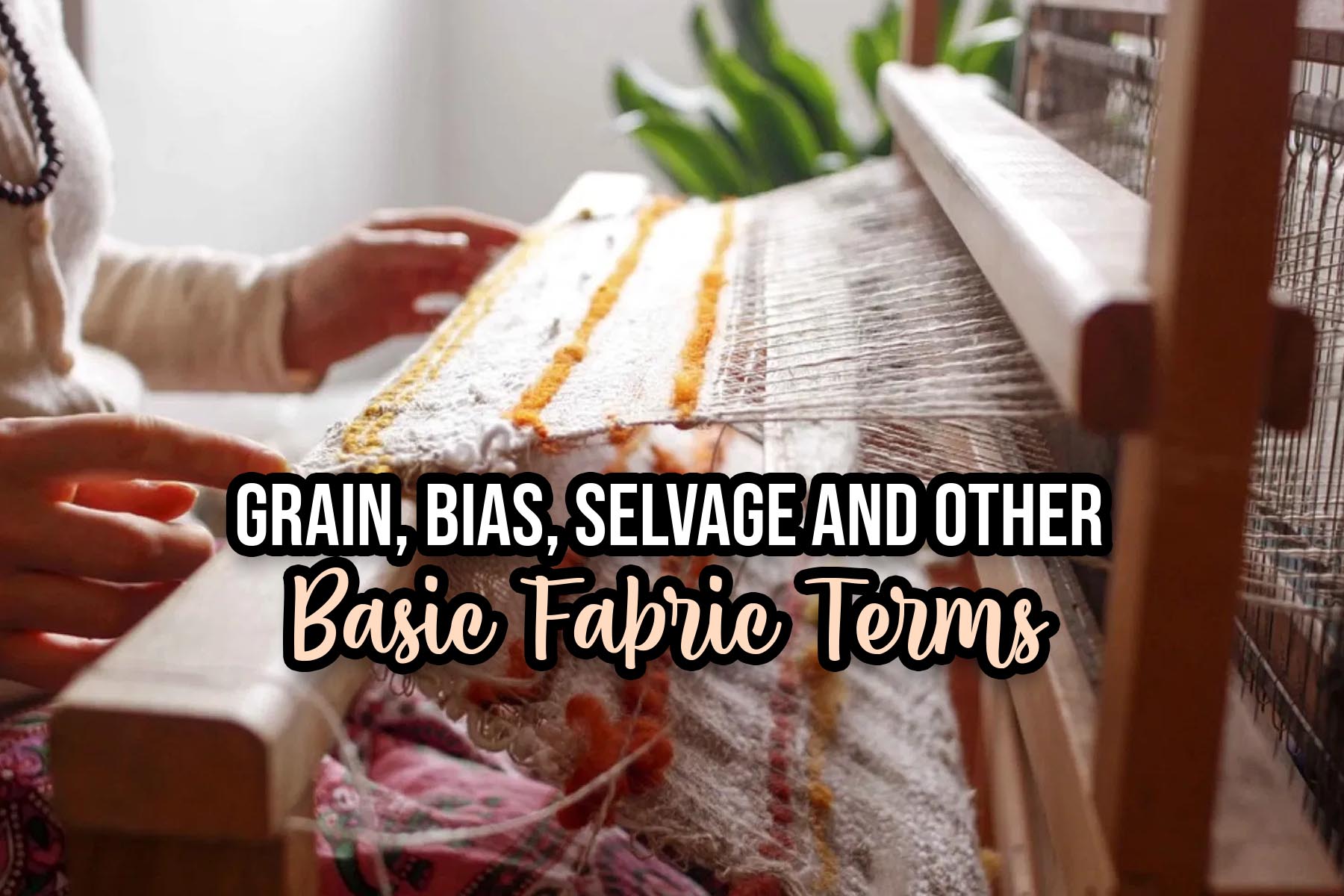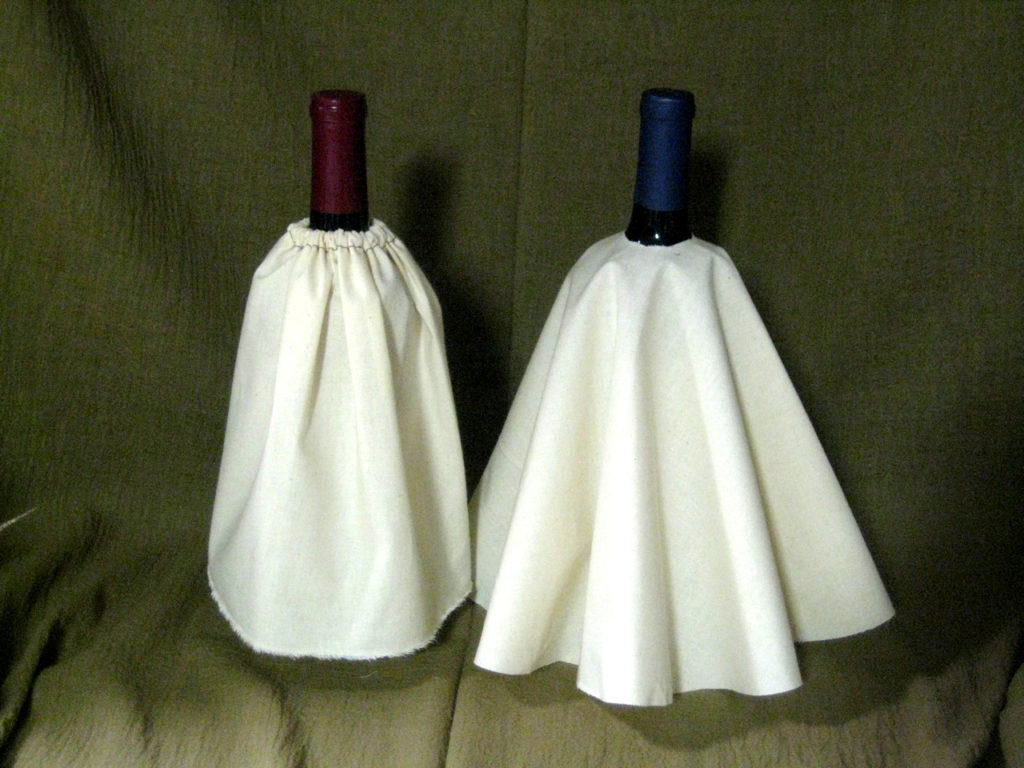Do you know why you have to cut fabric on the grain? Which part is the right side and which is the wrong side? What is the bias of a fabric? I have been sewing for so long that sometimes I forget I was also new at sewing some time many years ago. Grain, bias and selvage are terms that I use constantly on my sewing patterns, but you may still be wondering what these basic fabric terms mean and why they are important.
Understanding fabric from the inside
Most fabrics are made initially with yarn. The raw materials like cotton, or wool, are stretched and twisted until they create a long thread. This thread called yarn is then weaved or knitted to create the fabric you buy at the shops. Some fabrics like felt are made by pressing fibers so most of these terms wont apply to them.
Warp and weft
The warp is the name given to the set of yarns or thread stretched in place on a loom before the weft is introduced during the weaving process.

The yarn or thread that crisscrosses the warp on woven fabrics is called weft. Depending on how it is woven, it can create simple or complex patterns.
Selvages
Selvage is the name given to the border of your fabric. It is woven tighter on the sides so the fabric doesn’t unravel. You will notice the sides of your fabric are slightly thicker than the rest and there are little holes on it. You usually discard this part when you are sewing so keep in mind that 5-10 cm of your width will not be usable.

In some selvages, specially printed cotton, you will find useful information about the fabric, like the name of the designer, company who made it or if it is copyrighted.
The right side and the wrong side
On sewing pattern instructions, you can often see the terms right side and wrong side of the fabric. This means you need to distinguish which side will be the nice one that faces outside and which will be hidden with your seams. Although technically there is always a right side or wrong side, it is up to you to decide which side looks better for your project.
The bumpy part with holes on your fabric is the wrong side and should face down
If you are not sure of which side is the right one, you can check the little holes on your selvages. These holes appear when the fabric is pinned to the machine which weaves the threads to create the fabric. The bumpy part is the wrong side or bottom of your fabric.
Direction of your fabric
It is very easy to forget that your fabric was created as a very long continous piece of fabric. It actually has a horizontal and a vertical position, as well as a diagonal one.
Grain
Most sewing patterns have the term grain printed on all of the pieces. Usually next to a double headed arrow pointing towards the right direction. We can say the grain is the length of your fabric. If you consider your fabric still on the bolt, the arrow would point towards the bolt and towards the uneven side cut with scissors. On your fabric, the selvage should be at the sides.

Grain is specially important to be considered when your fabric has a pattern or if you are using stretch fabric. Even on 4-way elastic fabrics, the elasticity can be different lengthwise and widewise. It is important to put your fabric in the right position to avoid later problems.
Cross grain
Similar to the grain, if grain is the length of your fabric, cross grain is its width. The cross grain goes from selvage to selvage, same as your weft. Cross grain can also be called crosswise grain and the crosswise runs parallel to the cut edge of your fabric.

In some fabrics, it is possible to place your patterns on the cross grain instead of your grain, but it is usually not recommended. When you tug at your fabric from the cross grain it will “give” slightly more than when you do from the grain. For example, 2-way stretch fabric is usually elastic from selvage to selvage.
Bias
Every fabric has two biases. The bias is found on the diagonal of your fabric at 45 degrees. When you tug on the bias of the fabric you will notice it stretches. This is great on some occasions, but do be careful not to cut all your pieces on the bias unless the pattern accounts for it or you may end up with a distorted garment.

Cutting on the bias is specially useful to make bias tape. You use bias tape on the edges of your project to give it a neat finish. You can actually make your own bias tape or buy it done to sew it to your garments. Remember that the bias is found at both angles of the fabric.

Do you like my posts? Remember you can support my blog in many ways, using my affiliate links, buying me a Ko-fi, or visiting my Cosplay Store! Following me on my Social Media and sharing my posts helps too! With your help I can create more cosplays, articles and tutorials to share with you!



